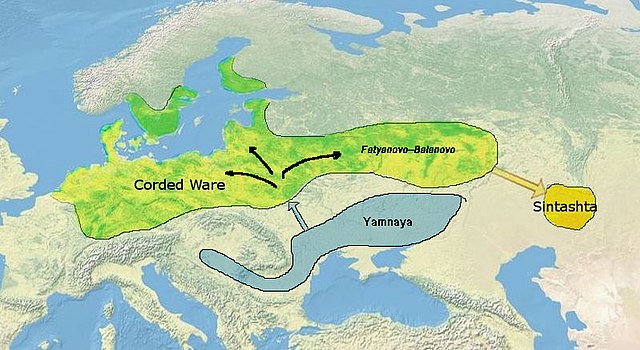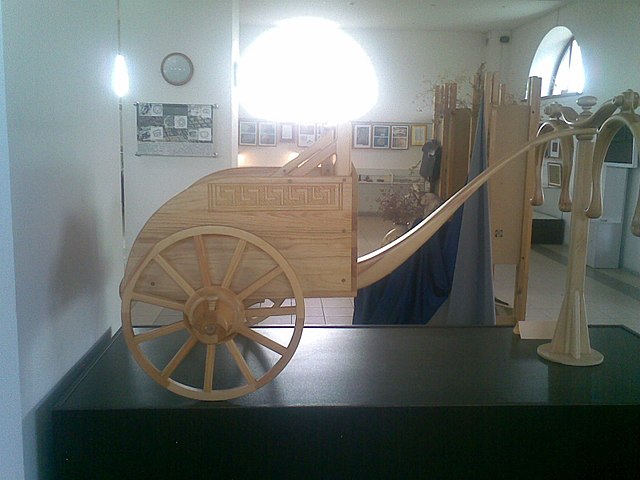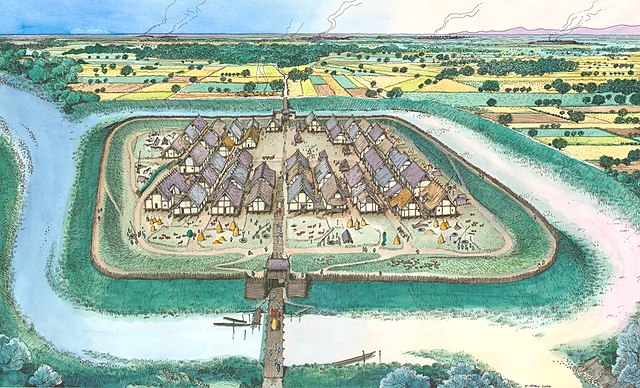The Bell Beaker culture, also known as the Bell Beaker complex or Bell Beaker phenomenon, is an archaeological culture named after the inverted-bell beaker drinking vessel used at the very beginning of the European Bronze Age, arising from around 2800 BC. Bell Beaker culture lasted in Britain from c. 2450 BC, with the appearance of single burial graves, until as late as 1800 BC, but in continental Europe only until 2300 BC, when it was succeeded by the Unetice culture. The culture was widely dispersed throughout Western Europe, being present in many regions of Iberia and stretching eastward to the Danubian plains, and northward to the islands of Great Britain and Ireland, and was also present in the islands of Sardinia and Sicily and some coastal areas in north-western Africa. The Bell Beaker phenomenon shows substantial regional variation, and a study from 2018 found that it was associated with genetically diverse populations.

Distribution of the area of influence of the Bell Beaker culture
Bell Beaker artefacts from Spain: ceramics, metal daggers, axe and javelin points, stone wristguards and arrowheads
Reconstruction of a Bell Beaker burial, Spain.
Corded Ware, Yamnaya and Sintashta cultures
The European Bronze Age is characterized by bronze artifacts and the use of bronze implements. The regional Bronze Age succeeds the Neolithic and Copper Age and is followed by the Iron Age. It starts with the Aegean Bronze Age in 3200 BC and spans the entire 2nd millennium BC, lasting until c. 800 BC in central Europe.
Gold 'Mask of Agamemnon', Greece, 1550 BC
Chariot model, Sintashta culture, Arkaim museum
Corded Ware, Yamnaya and Sintashta cultures
Illustration of a Terramare settlement







